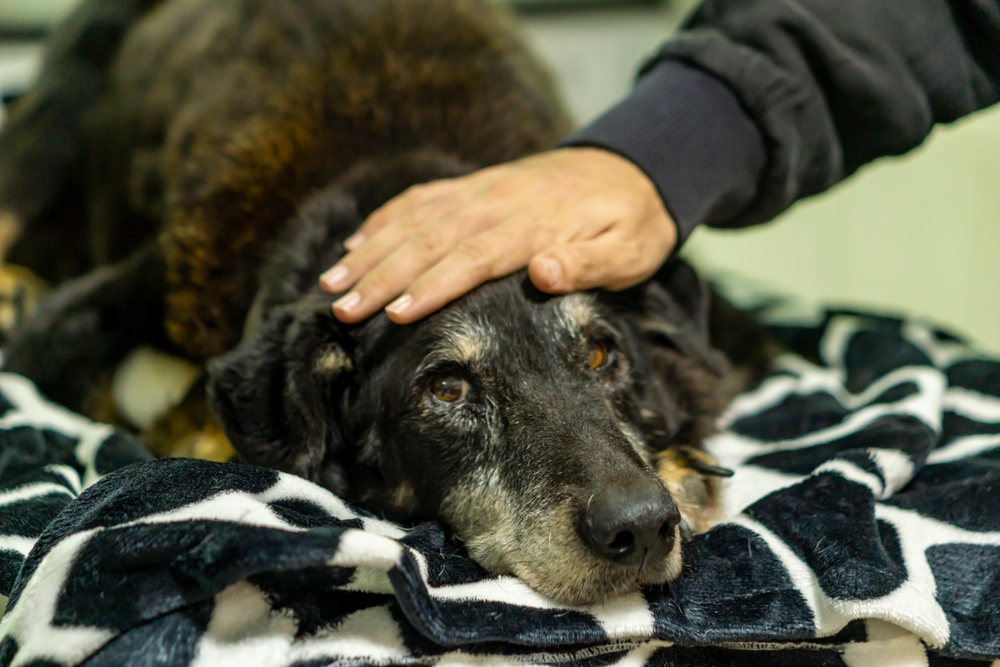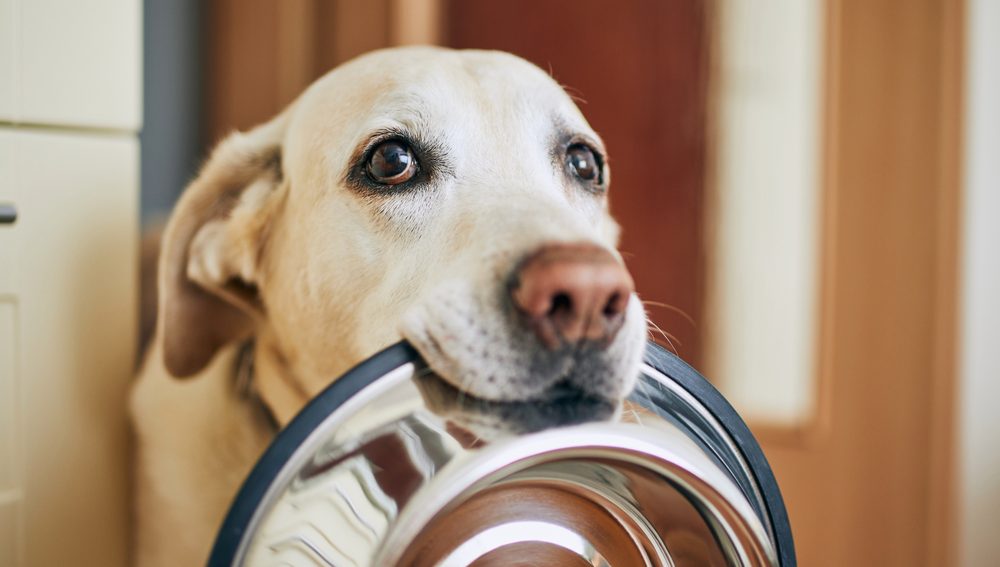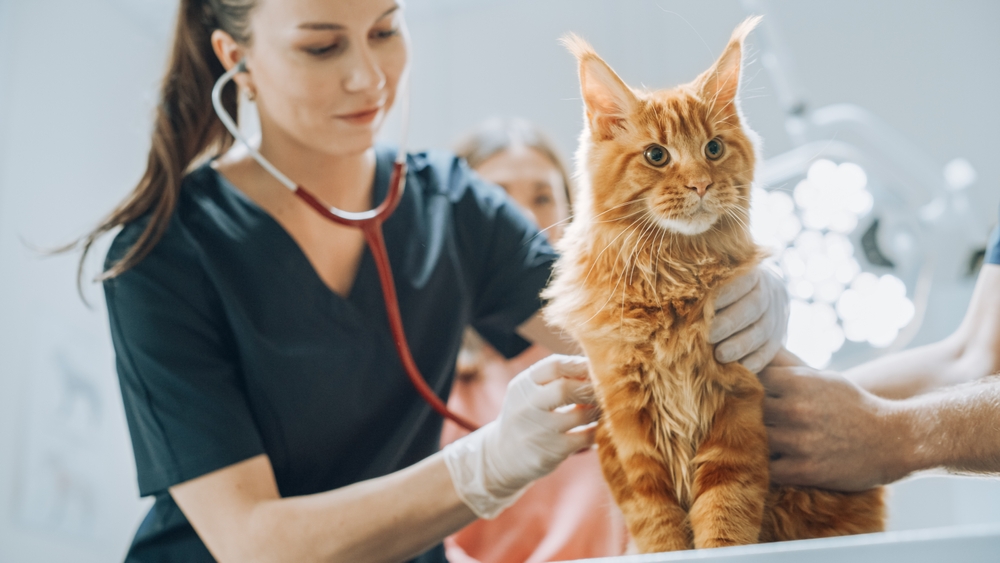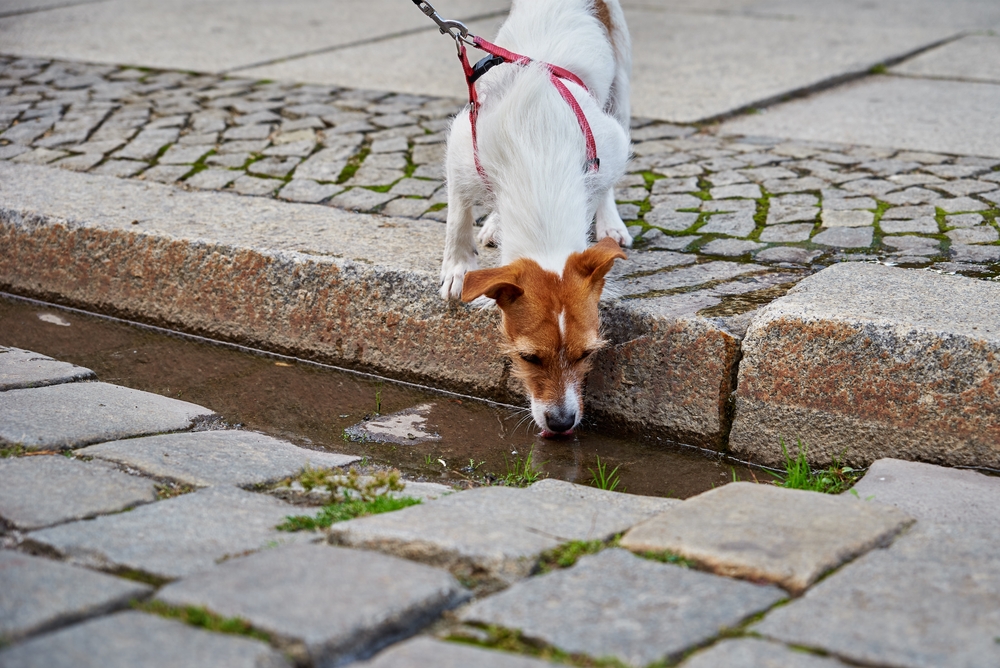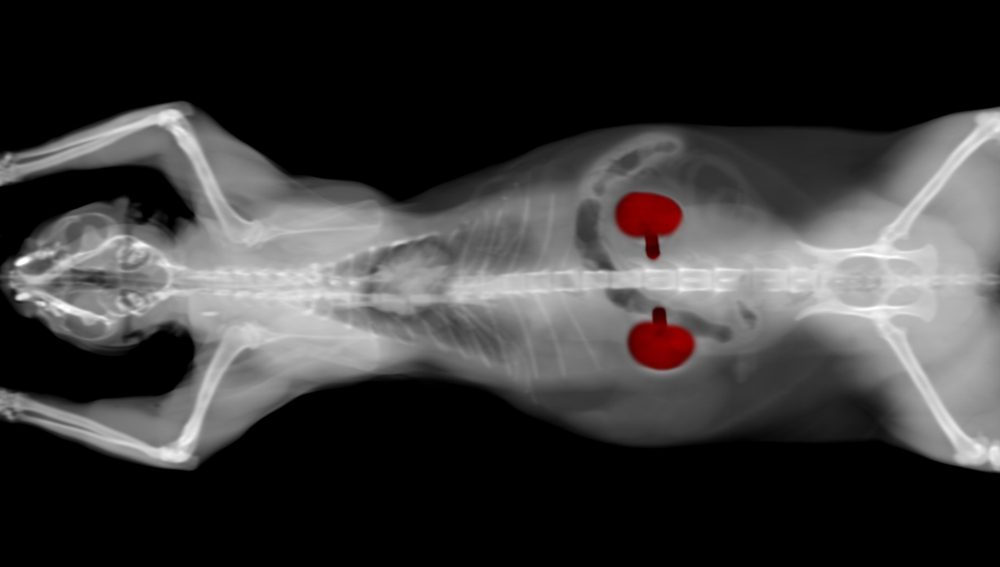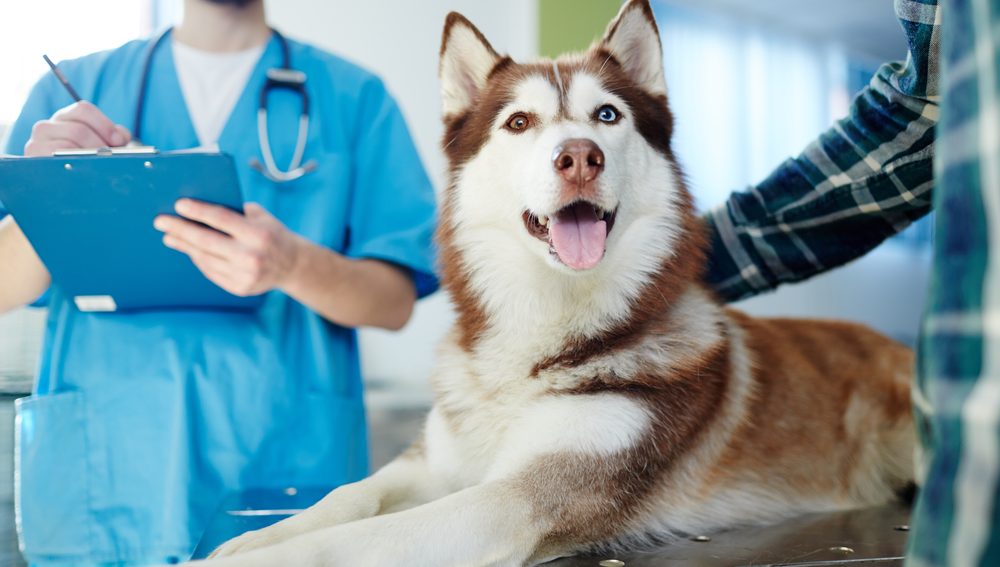
Safeguarding Against Disease Through Pet Wellness Care
As the saying goes, prevention is the best medicine, and this is true for your pet. Veterinary wellness care goes beyond the essential physical exam to help your veterinarian detect disease before the condition severely affects your cat’s or dog’s long-term health. Preventive wellness care not only enhances your pet’s quality of life but also helps ward off many diseases and health issues. Our Harbor Pines Veterinary Center team explores some common diseases that can be prevented through proactive pet wellness care.
Pet wellness care can prevent disease
Wellness exams provide the foundation of your pet’s health. Through regular preventive exams, our team establishes your furry pal’s baseline health, their normal health status. Establishing a baseline is important because doing so helps us detect health divergences that may indicate your pet has a developing condition. Wellness care is essential for preventing the following common pet diseases:
- Dental disease — While often overlooked, dental health plays a significant role in your pet’s overall well-being. Periodontal disease, a common dental issue in pets, can lead to pain, infection, and organ damage if left untreated. Regular toothbrushing, dental checkups, and professional dental cleanings help prevent dental disease and maintain your pet’s oral health. Your pet’s wellness visit includes assessing your four-legged friend’s oral health and creating a personalized treatment plan.
- Obesity — Obesity in pets is a serious epidemic that leads to several problems, including diabetes, heart disease, and joint issues. During your furry pal’s wellness exam, our team assesses your pet’s weight and suggests a balanced diet, appropriate portion sizes, and regular exercise. You are instrumental in helping your pet reach a healthy weight by encouraging them to exercise and reducing their obesity-related disease risk through weight management. If we determine your pet is overweight, we can devise an effective, safe weight loss program to get them back to their fighting weight.
- Parasitic infections — Fleas, ticks, intestinal worms, and other parasites adversely affect pets who do not receive year-round parasite preventives. Implementing a year-round parasite prevention plan, including medications and regular screenings, can protect your pet from these harmful invaders and prevent disease transmission. Our Harbor Pines Veterinary Center team bases your pet’s prevention plan on their lifestyle, where you live, and other risks. We can recommend an appropriate prevention technique to ensure your four-legged friend is protected from these dangerous parasites.
- Heartworm disease — Your pet should be screened for heartworm annually and be on a monthly heartworm preventive. Transmitted through mosquito bites, heartworm disease can be life-threatening if left untreated. Heartworm and other parasitic diseases are avoidable when your pet receives veterinarian-prescribed preventives. Regular testing and medication adherence are vital to protecting your pet from this potentially deadly disease.
- Vaccine-preventable diseases — Vaccinations are essential for preventing various contagious diseases in pets, including rabies, distemper, parvovirus, and more. Following a recommended vaccination schedule tailored to your pet’s lifestyle and risk factors provides crucial immunity against these diseases and protects your pet and the community. Puppies and kittens should start vaccines at about 8 weeks of age and receive boosters every three weeks until they are 16 weeks of age. After their initial vaccine regimen, they will need boosters every one to three years depending on the vaccine.
What is included in a pet wellness exam?
During your furry pal’s wellness exam, our veterinary team assesses your pet’s health and well-being. Your pet’s visit includes these essential components:
- Nose-to-tail physical exam
- Weight assessment and management
- Nutrition consultation
- Complete blood count (CBC)
- Ear and eye health
- Biochemistry profile
- Urinalysis
- Fecal check
- Skin and fur quality check
- Heartworm test and parasite prevention plan
- Behavior analysis
Most pets require annual or twice-yearly wellness exams to keep up with any changes occurring to their physical and mental health. Puppies and kittens need more frequent exams to receive vaccines and boosters. Senior pets benefit from twice-yearly or more frequent wellness checkups because many diseases are prevalent in older cats and dogs. Our team will recommend the appropriate frequency for your four-legged friend’s exams.
By ensuring your pet receives regular wellness exams, you provide them with the best possible chance for optimal health and well-being. Schedule your pet’s next wellness exam with our Harbor Pines Veterinary Center team.





